MORTEN C. MEILGAARD, D.SC, F.I. BREW.
DAVID EBY, PH.D.
RAOUL PALAMAND, PH.D.
GEORGE FIX, PH.D.
MORTEN C. MEILGAARD, D.SC., F.I. BREW.
CHARLIE PAPAZIAN AND MORTEN C. MEILGAARD, D.SC., F.I. BREW.
J ust what is it that drew you to that unmistakable and uncompromising taste of fresh beer? Was it when your neighbor opened the door to a new world of unique taste through a homebrew? A sip of some beer you cant even remember the name of at that brewpub you stumbled on while vacationing last year? A plan to stretch the limits of what you used to call good beer?
Whatever the reasons, you know what you like and now youre hooked on making your beer even better or on learning how to truly judge the taste of the beer in front of you. Thanks to our industry-leading authors, you no longer have to think you need to be a brewing scientist to learn what you need to knowyoure going to find answers to all your questions in this one reference book. This comprehensive collection meets the needs of beer enthusiasts, homebrewers, and professional brewers alike.

Elizabeth Gold
Director, Brewers Publications
You may already know that sensory evaluation, which includes flavor profiling and off-flavor detection, focuses on the effect of variables on a beer. And maybe you have no question that your senses are the primary tools for evaluating beer. But do you understand how to use the internationally recognized Beer Flavor Wheel or how to measure beer color? Are you able to use the American Homebrewers Association beer competition score sheet to your advantage? Ever wonder how the Beer Judge Certification Program trains people to judge beer or how a beer is judged by the professionals?
Included in this book is a beer flavor terminology chartone of the most complete flavor descriptor charts available. Without a doubt, it will enhance your understanding of the finite flavors possible in beer. Youll also learn what skews sensory perceptions as well as the history and chemical composition of beer flavor. Variables that effect beer flavor, including the influence of temperature, light, and ingredients, are thoroughly covered from different perspectives. Youll discover the factors of flavor tastingevaluation, consistency, and isolating and correcting defects.
As you read these chapters, it will become clear to you that evaluation goes beyond simply asking if the beer in front of you is good or badits learning how to determine which components of that beer make it different from others.
And thats only the beginning.
Its been an enlightening pleasure preparing this collection. Thanks to our authors and editors, David Logan and Dena Nishek, for their parts in bringing this book to you. I hope your next beer tastes better than your last, and after reading this book, youll certainly know why it does or doesnt.
All the best,
Elizabeth Gold
Director, Brewers Publications
CHARLIE PAPAZIAN
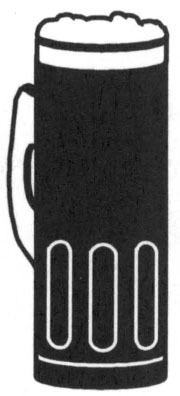
I ts my beer, my taste, my opinion. So what do I care what anyone else thinks about my beer? I like it, it sells, and thats all that matters. What more do I need to know about my beers taste and aroma?
If your thoughts run in this mode, youre about 15 years behind the times. Today, the way we evaluate beer has changed. Never before have so many brewers been so keenly interested in the characteristics of different beer styles and the flavor nuances of their own brews. Hundreds of beer styles are now being brewed. A new breed of educated consumer is tasting and evaluating beer with enthusiasm. Micro-brewed and pubbrewed beers are in the eye of the public and professional evaluator alike giving them products to assess, compare, praise or scorn. But perhaps most important to the commercial brewer, beer evaluation gives information that can be used to maximize quality and minimize problems.
As well, homebrewers are a unique group of beer enthusiasts. Never before has there been such a large group of brewers having an interest in the characteristics of different beer styles and the flavor nuances of their own brews. Hundreds of beer styles are now being brewed. One brewer is more than likely to have a stock of homebrewed pale ale, stout, fruit beer, bock, steam and Munich Helles all at the same time. With a desire to learn and improve their own brews and those of others, homebrewers are learning to taste and evaluate beer with enthusiasm. Homebrewed beer has become the apple of the publics eye.
It has been a very long time since North America has seen such a variety of beer brewed with so many different philosophies and variations in brewing ingredients, processes, equipment systems and handling. Concomitant all of these variations there exists a wide variety of beer tastes, aromas, mouthfeels, sounds, visual qualities and overall impressions we believe are unique. Actually, these sensations are nothing new. Theyve all been experienced before. The difference today is that the scope of our knowledge lends itself to evaluating beers with a wide-angle lens, rather than with the narrow field of telephoto lens. In other words, today, with so many beer styles, were taking a more informed approach to defining beer style characteristics and quality control.
Beer evaluation is a learned skill, which I will discuss later, but first lets consider the reasons why brewers need to know how to evaluate beer.
1. To control quality and consistency. For example, every large brewery in North America has a regular program of evaluating its beer for the sole purpose of ascertaining that its quality is consistent from batch to batch. The breweries are not necessarily trying to detect unusual flavors in order to identify their origins. Instead, beer evaluators are specially trained to evaluate usually just one style of beerthe brewerys own brand.

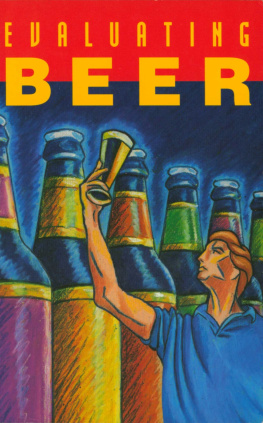
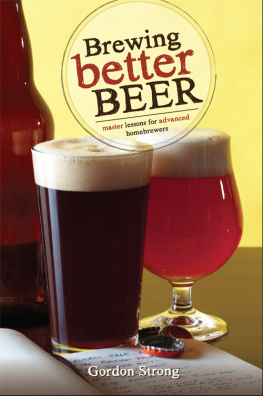
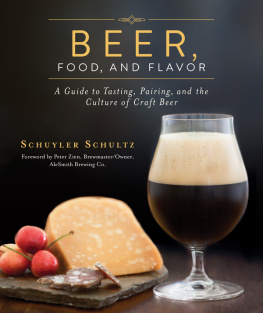
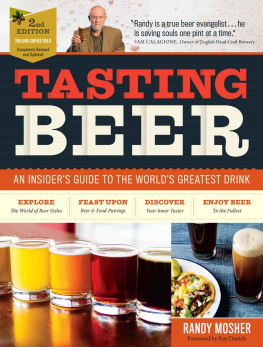
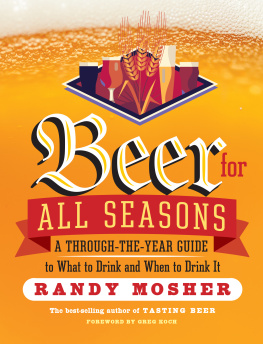


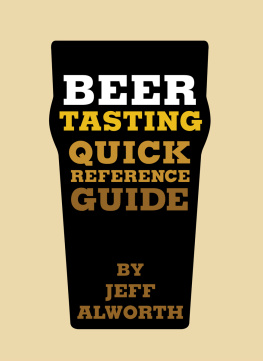
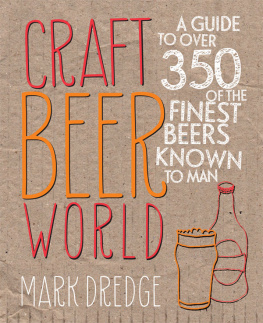
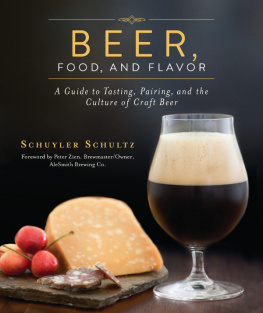
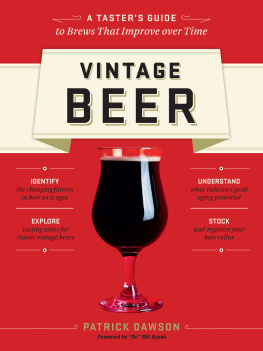
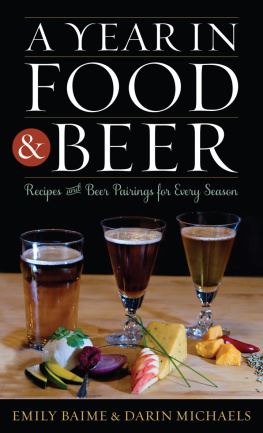
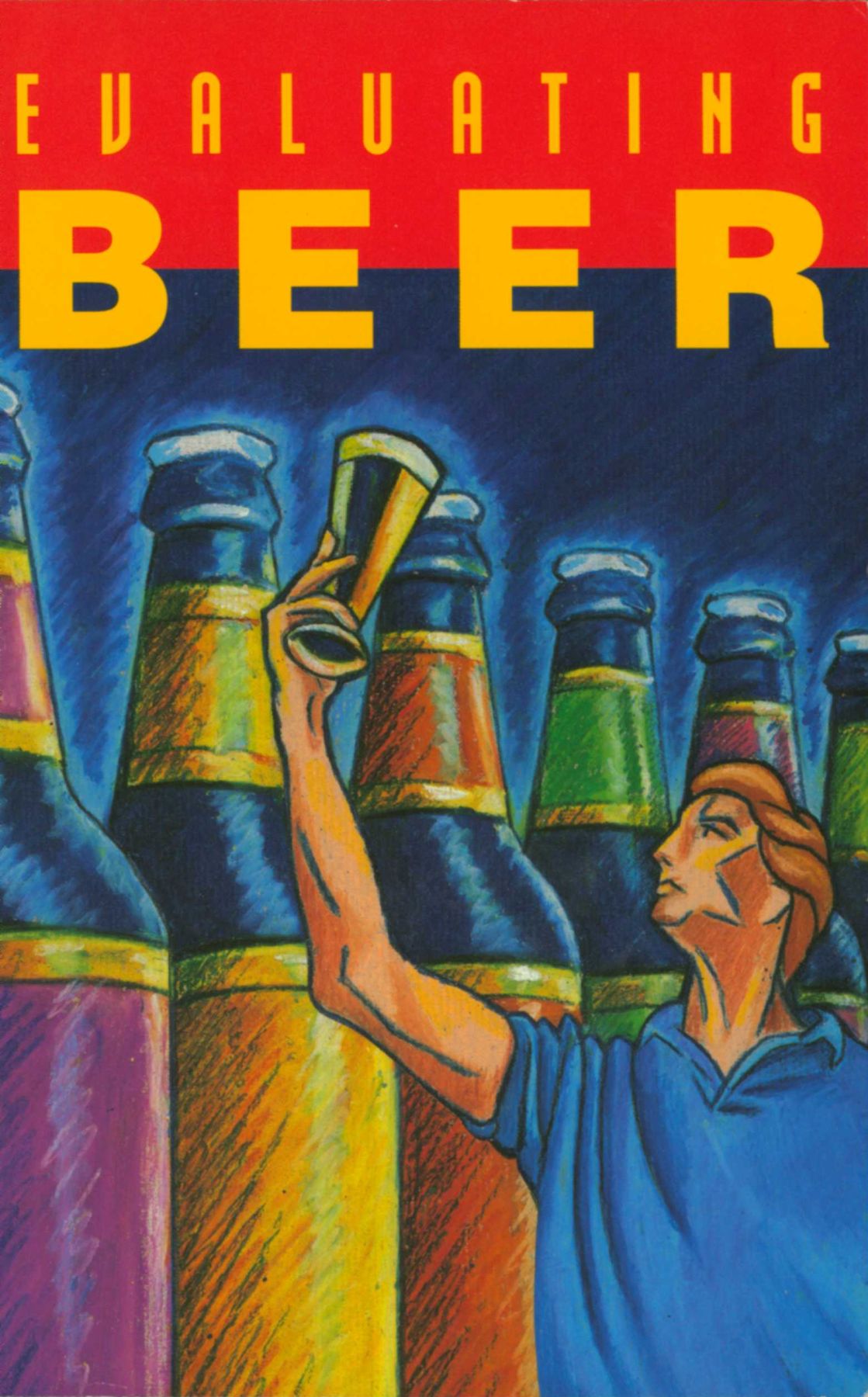
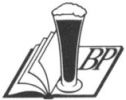 Brewers Publications, Boulder, Colorado USA
Brewers Publications, Boulder, Colorado USA
